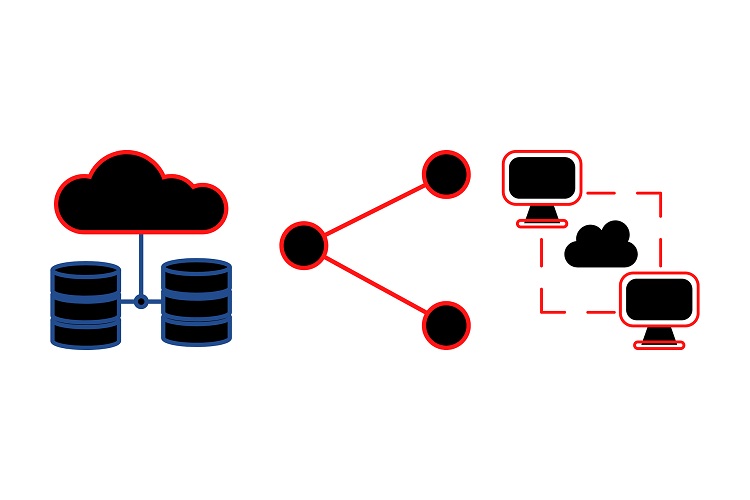What is the difference between microservices and webservices?

Developers have been working for years to find the best ways to build systems. They have learned from the past, trying to embrace new technologies as they become available. Technology-driven companies continue to innovate and create IT systems that make customers happier.
That desire for innovation brought up the competition: microservices vs web services. Quiix perfectly brings up the differences in their applications. They are two quite diverse styles of software development.
Microservices And Where To Use Them
Microservice is a software architecture that one can use together with others. This requires splitting big software applications in separate modules. Their microservices start separate processes and communicate via API. It can be useful in instant messaging apps, event-driven APIs, or non-HTTP RPC mechanisms.
The size of a small solution brings the name to this development technique. So, this architecture requires a lot of particularly small modules to work and function together. The changes in the application can be separately to every part. If a module of your app needs modification, you can do it without stopping the work of others.
Thus, this type of architecture puts each element of functionality into a different bin. It also scales by distributing these services across servers, replicating as needed.
The roots of this style go back a long way, at least to the design principles used in Unix. But, nonetheless, not enough people take this style into account. Many applications will enjoy adopting this style.
But it is also crucial to remember that many does not equal all applications. Not all apps are large enough to break down into smaller services. A set of separate services, will not be useful in every existent app. That’s why there is still a competition between this approaches. Plus, not every development team can manage a lot of smaller modules.
Web Services Application
A web service is one of several technologies that can provide independent work. As a special type of Service Oriented Architecture (SOA), they make an application functional.
It defines mechanisms for communication between APIs and host code. As a rule, using the standard HTTP protocol and generic data formats such as XML, JSON, and so on. It allows software applications developed using different technologies to interact with each other. Best proxy servers can be also useful for these kinds of solutions.
They are not involved in front-end development. They are not associated with any development languages or programming platforms for user devices. It is also possible to combine different solutions into one if they are in different languages. Or designed for different operating systems, as in microservices.
ALT: A comparison picture with blue on the left and grey on the right
Microservices vs Web Services
What are the general differences when comparing two approaches?
1. Basics
A single model has a single storage layer that all services in that application use. Micro applications basically divide a database or other type of storage for the things that need it.
2. Architecture
Microservices is an architecture in which all system components combine into separate components. They can be built, deployed and scaled individually. For example, in a banking app, the modules of transactions, confirmation and Q&A are separate services. If one crashes, others still work.
In monolithic architecture, all components combine into a single module. This does not mean that it is worse or better – the approach is just quite different.
In communication between small services each request and response pair is independent. Plus, each data store has its place, that are not connected with each other.
3. Systematic changes
Systematic change in the first case requires modifying the monolith. This can be a long process, depending on the complexity of an application. Systematic changes in separate modules will help you create a new function. So, if you decide to rethink one of the modules completely, you can develop a whole new feature of an application.
4. Working and components
Whole development shares resources between services. And it often includes sharing components. So, the sharing process simplifies the work, but it also can be dangerous in a long-term run. Components need updates to keep working smoothly.
Microservices can function separately. And typically, they do not include sharing of components. So, even different languages or approaches can work within one application. Diversity does not always mean better reliability, but sometimes it does.






